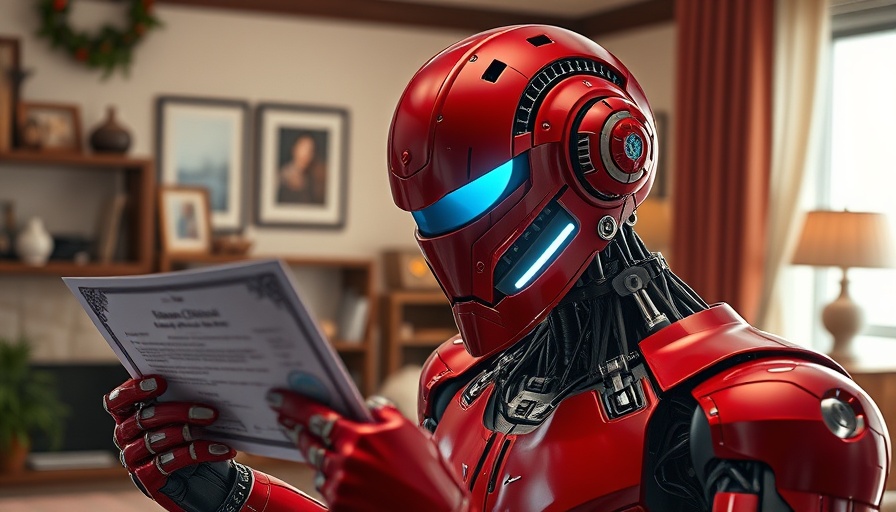
Inside the Making of Retro Robots in Doctor Who's 'The Robot Revolution'
The highly awaited second season of Doctor Who has introduced viewers to a thrilling new adventure: "The Robot Revolution." This episode not only showcases storytelling that dates back to classic sci-fi roots, but also highlights the remarkable efforts of talented individuals who brought its retrofuturistic robots to life. Creature artists Stephen Love and Rob Strange, who perform within these imposing robotic suits, share their adventures and challenges on set, revealing both the art and science behind their craft.
The Unseen Challenges of Playing Robots
Filming in bulky costumes has its own set of challenges, as Love and Strange disclosed. "When you fell, you just had to surrender to it and wait until you stopped rolling around," Strange remarked, shedding light on the hazards of performing in large, unwieldy suits that restrict visibility and mobility. This speaks to a significant aspect of the robotics used in filming; not only do they have to capture the visual essence of retro robots, but they also need to ensure that performers are safe and able to deliver their best work.
The Innovation Behind the Robotic Suits
Designed by the acclaimed Millennium FX workshop, the robots' appearances in Doctor Who evoke the charm of classic 1950s sci-fi films. Each suit's design is a blend of traditional craftsmanship and modern technology, featuring a lightweight construction utilizing 3D printing and fiberglass. However, as Strange pointed out, the intricate designs also lead to significant visibility challenges. The choreography of movement, directed by Paul Casey, is essential to overcome these obstacles. This clever incorporation of technology and artistry showcases the potential innovation in robotics, paralleling developments in real-world robotic applications.
Creating a Retro-Futuristic Aesthetic
Robots in Doctor Who have a long history, often reflecting contemporary fears and hopes regarding technology. As Team Strangelove, Love and Strange not only resurrect these ideas through their performances but also add a deeper layer to the nostalgic aesthetic. Love commented on the impact of their physical likeness, stating, "Height and body size is really vital; they needed someone identical to Rob." This statement emphasizes how physically grounded portrayals can enhance the believability of technology in media.
Viewer Reception and Cultural Impact
The anticipation surrounding Season 2 of Doctor Who serves as a reminder of the show's profound influence over time. The retro style of its robots connects with viewers' nostalgia while simultaneously inspiring discussions about modern robotic technologies. Doctor Who has always been at the forefront of exploring societal implications of innovations—an angle that resonates deeply in today's rapidly evolving technological landscape.
Audiences are keen to see how clashing ideologies around automation, innovation, and ethics will be portrayed as narratives unfold in upcoming episodes. The integration of such themes in popular media encourages viewers to critically engage with changes within technology and society.
Concluding Thoughts
As Doctor Who continues to captivate audiences with not just thrilling storytelling but also with artful advancements in robotics, it encourages reflection on our relationship with technology. The dedication of professionals like Love and Strange is evident, reminding audiences that behind each character lies a human story of innovation and collaboration.
 Add Row
Add Row  Add
Add 




Write A Comment